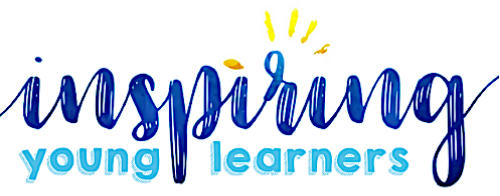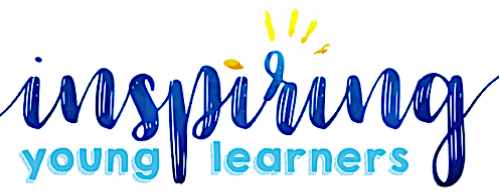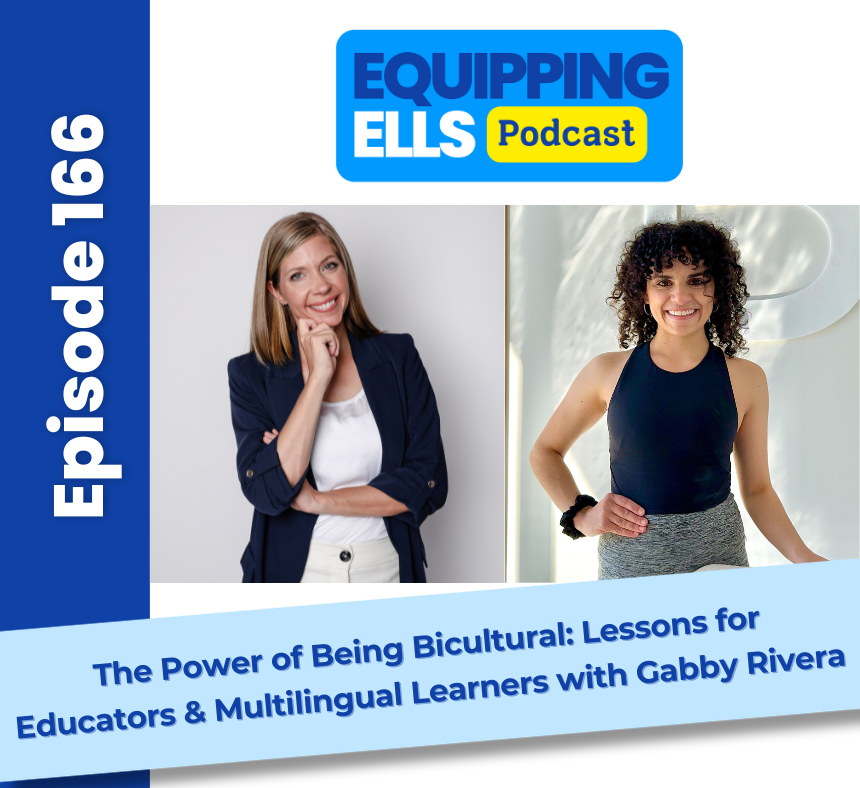Understanding Biculturalism vs. Bilingualism
Many assume that speaking two languages fluently makes someone fully adaptable. But biculturalism is about more than just words – it’s about knowing how to navigate the unspoken rules, values, and social expectations of multiple cultures. Gabby explains how she grew up in Panama, attending an American church and later an all-English high school, where she experienced a cultural shift daily.
The Academic Challenges of Being Bicultural
Helping Students Feel a Sense of Belonging
- Encourage students to share their cultural experiences in the classroom
- Recognize that cultural misunderstandings (like different humor styles) can impact social connections
- Foster cross-cultural friendships by introducing activities that celebrate diversity
Why Biculturalism Matters in the Classroom
Final Thoughts: How Educators Can Take Action
- Encourage students to embrace both cultures instead of choosing one
- Facilitate discussions on cultural differences to bridge gaps in understanding
- Use culturally responsive teaching practices to validate student identities
Resources and Links:
Connect with Beth:
More about Equipping ELLs:
We all know that teaching isn’t easy, but it doesn’t have to be this hard. Equipping ELLs is a podcast for both ESL specialists and homeroom teachers who are looking for effective and engaging ways to support their English Language Learners without adding to their endless to-do list. Tune in each week to hear tips, strategies, and inspirational stories that will empower you to better reach your ELL students, equip them with life-long skills, and strengthen relationships with colleagues and parents.
Your host, Beth Vaucher, is the founder of Inspiring Young Learners. She is an ESL certified homeroom teacher with over 10 years of experience teaching in the US and internationally. Her background of M.Ed in ESL and Curriculum and Instruction combined with her experience has led her to develop a bestselling newcomer curriculum that has sold in over 90 countries around the globe. She brings a different perspective to teaching ELLs from her years teaching and living abroad and working with ELLs from around the world. You will walk away from each episode with the ideas and tools you need to transform your experience as a teacher and cultivate a thriving and welcoming environment for your ELL students.



